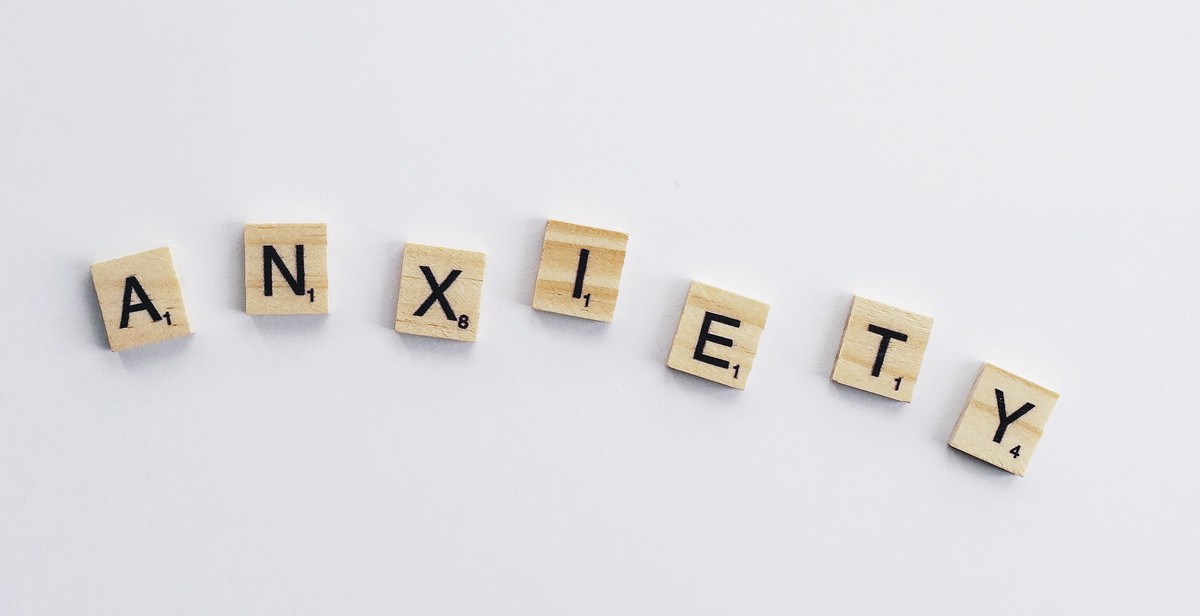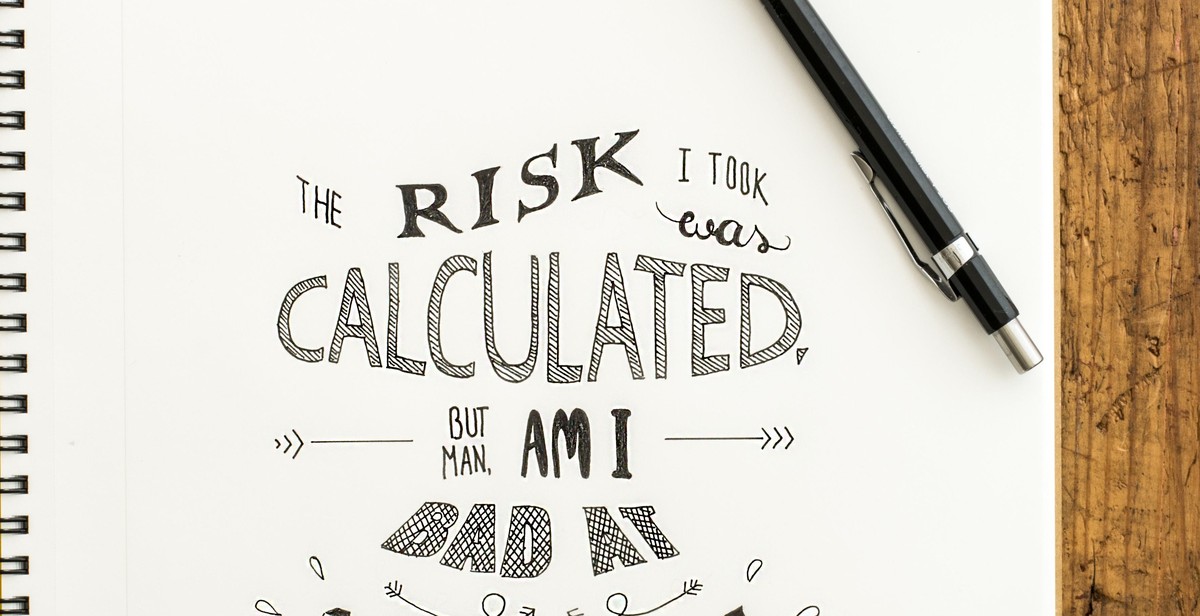Introduction
Typography in web design refers to the art and technique of arranging typefaces in a visually appealing and effective manner. It plays a crucial role in creating a website that is not only aesthetically pleasing but also easy to read and navigate. The right use of typography can help improve the user experience, increase engagement, and convey the intended message effectively.
Typography involves choosing the right font, size, color, spacing, and other design elements to create a harmonious and cohesive visual language. It also involves understanding the hierarchy of information and designing the layout accordingly. A well-designed typography can make a website stand out from the crowd and leave a lasting impression on the visitors.
Why is typography important in web design?
Typography is important in web design for several reasons:
- Readability: The right typography can make the content easy to read and understand, enhancing the user experience.
- Branding: The typography can help reinforce the brand identity and create a consistent visual language across all platforms.
- Engagement: A well-designed typography can capture the user’s attention and keep them engaged with the content.
- Accessibility: The typography can help make the website accessible to people with visual impairments by using appropriate font sizes and contrast ratios.
In this article, we will discuss how to use typography in web design to create readable and engaging websites.

Choosing the Right Typeface
Understanding the different types of typefaces is crucial when it comes to choosing the right one for your website. There are four main categories of typefaces:
- Serif: These typefaces have small lines or flourishes at the end of each stroke. They are often seen as traditional and formal, making them a good choice for websites that require a more traditional look and feel.
- Sans-serif: These typefaces do not have the small lines or flourishes at the end of each stroke. They are often seen as modern and clean, making them a good choice for websites that require a more modern look and feel.
- Script: These typefaces mimic handwriting and are often seen as elegant and sophisticated. They are a good choice for websites that require a more formal and refined look and feel.
- Display: These typefaces are often used for headlines and are meant to be eye-catching and attention-grabbing. They are a good choice for websites that require a more creative and playful look and feel.
When choosing a typeface, there are several considerations to keep in mind:
- Legibility: The typeface you choose should be easy to read, even at small sizes. Make sure the letters are clear and distinct, and that there is enough contrast between the letters and the background.
- Brand identity: The typeface you choose should reflect your brand’s personality and values. If you have a more traditional brand, a serif typeface may be a better choice. If you have a more modern brand, a sans-serif typeface may be a better choice.
- Compatibility: The typeface you choose should be compatible with different devices and browsers. Make sure to test the typeface on different devices and browsers to ensure it looks good and is easy to read.
- Accessibility: The typeface you choose should be accessible to all users, including those with visual impairments. Choose a typeface that is easy to read and has good contrast between the letters and the background.
| Typeface Category | Characteristics |
|---|---|
| Serif | Small lines or flourishes at the end of each stroke |
| Sans-serif | No small lines or flourishes at the end of each stroke |
| Script | Mimics handwriting and is often elegant and sophisticated |
| Display | Used for headlines and is often eye-catching and attention-grabbing |

Typography Hierarchy
Typography hierarchy refers to the arrangement of different font styles and sizes to create a visual hierarchy on a web page. It is the practice of using different font sizes, weights, and styles to guide the reader’s eye through the content, emphasizing the most important information and creating a clear visual hierarchy.
Why is typography hierarchy important?
Typography hierarchy is important because it helps to organize the content of a web page and make it more readable and engaging. When used correctly, typography hierarchy can improve the user experience by making it easier for readers to navigate the page and find the information they need.
How to create typography hierarchy
Creating typography hierarchy requires a strategic use of font sizes, weights, and styles. Here are some tips:
- Start with a clear content hierarchy: Determine the most important information and use font sizes and styles to emphasize it.
- Choose fonts that complement each other: Use fonts that have contrasting styles and weights to create a visual hierarchy.
- Use font sizes to guide the eye: Use larger font sizes for headings and subheadings and smaller font sizes for body text.
- Use font weight to create contrast: Use bold or italic fonts to create emphasis and contrast.
- Use white space to create separation: Use white space to separate different sections of content and make it easier for readers to navigate the page.
By using typography hierarchy effectively, you can create a visually appealing and engaging web page that is easy to read and understand.

Typography and Readability
Typography plays a significant role in the readability of a website. The font size, style, and spacing can make a website easy or difficult to read. The use of typography can also affect the user’s engagement with the website. A well-designed typography can make the website more appealing, inviting the user to stay longer and explore more.
The Impact of Typography on Readability
Typography can either improve or worsen the readability of a website. The font size is the most crucial factor in the readability of a website. A font size that is too small can make the text hard to read, while a font size that is too big can make the text overwhelming. The font style can also affect readability. A font style that is too decorative or complex can make the text difficult to read. The spacing between letters, words, and lines can also impact readability. If the spacing is too tight, the text can be hard to read, while if it’s too loose, it can be challenging to follow the flow of the text.
How to Improve Readability with Typography
To improve the readability of a website, it’s essential to choose a font size, style, and spacing that is easy to read. Sans-serif fonts are generally more readable than serif fonts, and a font size of at least 16px is recommended. The spacing between letters, words, and lines should be enough to make the text easy to read but not too loose. It’s also important to use a consistent typography throughout the website to create a cohesive design.
- Choose a font size of at least 16px
- Use sans-serif fonts for better readability
- Avoid decorative or complex font styles
- Ensure adequate spacing between letters, words, and lines
- Use a consistent typography throughout the website
| Font Size | Font Style | Spacing | Consistency |
|---|---|---|---|
| At least 16px | Sans-serif | Adequate spacing | Consistent typography |

Typography and Branding
Typography plays a crucial role in creating a brand’s identity. The right typography can convey a brand’s personality, values, and message to the audience. It can also make the brand stand out from the competition and create a lasting impression in the minds of the customers. Here are some case studies of successful typography branding:
1. Coca-Cola
Coca-Cola is one of the most recognizable brands in the world, and its typography is a significant part of its branding. The brand’s logo features a unique and iconic script font, which has remained unchanged for over a century. The typography’s cursive style gives the brand a classic and timeless feel, which has helped it to maintain its popularity over the years.
2. Airbnb
Airbnb’s typography is a perfect example of how a brand can use typography to convey its message. The company’s logo features a custom-designed font that is inspired by the shapes and curves of the world’s most famous landmarks. The typography’s unique style reflects the brand’s core values of diversity, inclusivity, and a sense of adventure.
3. Nike
Nike’s typography is another great example of how a brand can use typography to create a unique identity. The brand’s logo features a bold and dynamic font that conveys the company’s message of strength, power, and athleticism. The typography’s simplicity and boldness have helped Nike to become one of the world’s most recognizable brands.
These case studies demonstrate how typography can enhance a brand’s identity and create a lasting impression in the minds of the customers. By choosing the right typography, a brand can communicate its message effectively and differentiate itself from the competition.

Best Practices for Typography in Web Design
Typography plays a critical role in web design, as it directly affects the readability and engagement of a website. To ensure that your website is visually appealing and easy to read, there are a few best practices to follow:
Keep it Simple
Using too many fonts or font styles can make your website look cluttered and unprofessional. Stick to a maximum of three font styles, including one for headlines, one for subheadings, and one for body text. This will create a cohesive and consistent look for your website.
Be Consistent
Consistency is key when it comes to typography. Use the same font styles and sizes throughout your website to maintain a uniform look and feel. This will also help visitors navigate your site more easily.
Use Appropriate Font Sizes
The size of your font can greatly impact the readability of your website. Avoid using fonts that are too small or too large, as they can strain the eyes of your visitors. Instead, use a font size that is easy to read, typically between 16 and 18 pixels for body text.
Use Appropriate Font Pairing
Pairing fonts that complement each other can add visual interest to your website. However, it’s important to choose fonts that work well together and don’t clash. Use a font pairing tool to help you find the best combination for your website.
Pay Attention to Line Spacing and Alignment
Proper line spacing and alignment can greatly improve the readability of your website. Make sure that your text is spaced evenly and aligned properly, as this will make it easier for visitors to read and navigate your site.
- Limit the number of font styles to three
- Maintain consistency throughout the website
- Use appropriate font sizes for easy readability
- Pair fonts that complement each other
- Pay attention to line spacing and alignment

Conclusion
In conclusion, typography is an essential element of web design that can make or break the user experience. It is the art of arranging type to make written language legible, readable, and appealing when displayed. Typography can help to create a hierarchy of information, guide users through content, and evoke emotions that help to convey the intended message.
When designing a website, it is crucial to consider typography as a critical element. The choice of font, size, spacing, and color can significantly impact the website’s readability, accessibility, and visual appeal. Proper typography can help to improve the user experience, increase engagement, and ultimately drive conversions.
By following some best practices such as choosing the right font, using appropriate font sizes, maintaining consistency, and paying attention to spacing and contrast, designers can create readable and engaging websites that stand out from the crowd.
Overall, typography is a powerful tool in web design that should not be overlooked. It can significantly impact the website’s success by improving the user experience, increasing engagement, and ultimately driving conversions. By understanding the importance of typography and implementing it effectively, designers can create visually appealing and engaging websites that leave a lasting impression on users.
- Remember to choose fonts that are easy to read and align with your brand’s personality
- Use appropriate font sizes, spacing, and contrast for readability
- Maintain consistency in typography throughout the website
- Pay attention to the hierarchy of information to guide users through the content
By following these best practices, designers can create websites that are not only visually appealing but also easy to read and navigate. Typography is a crucial element of web design that can help to create a positive user experience and drive conversions. So, be sure to give it the attention it deserves!
